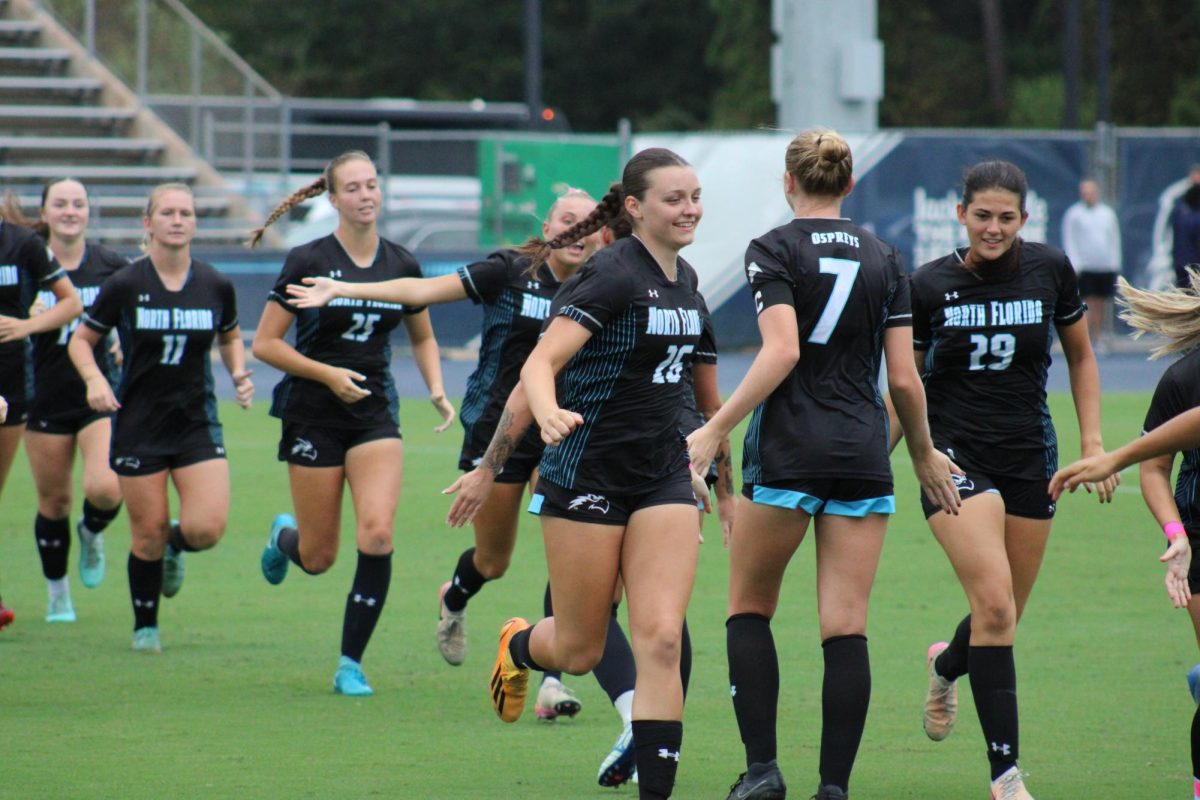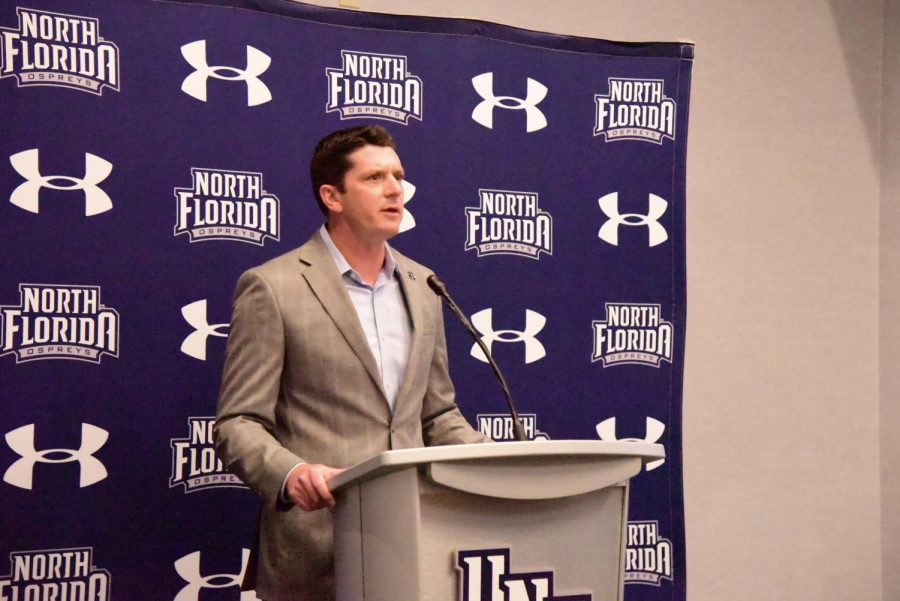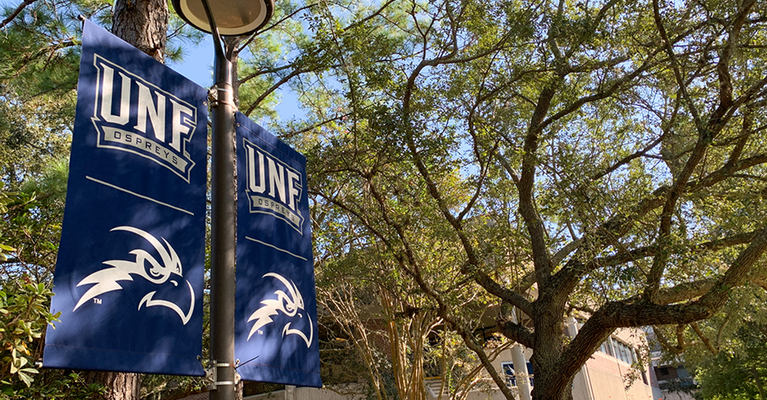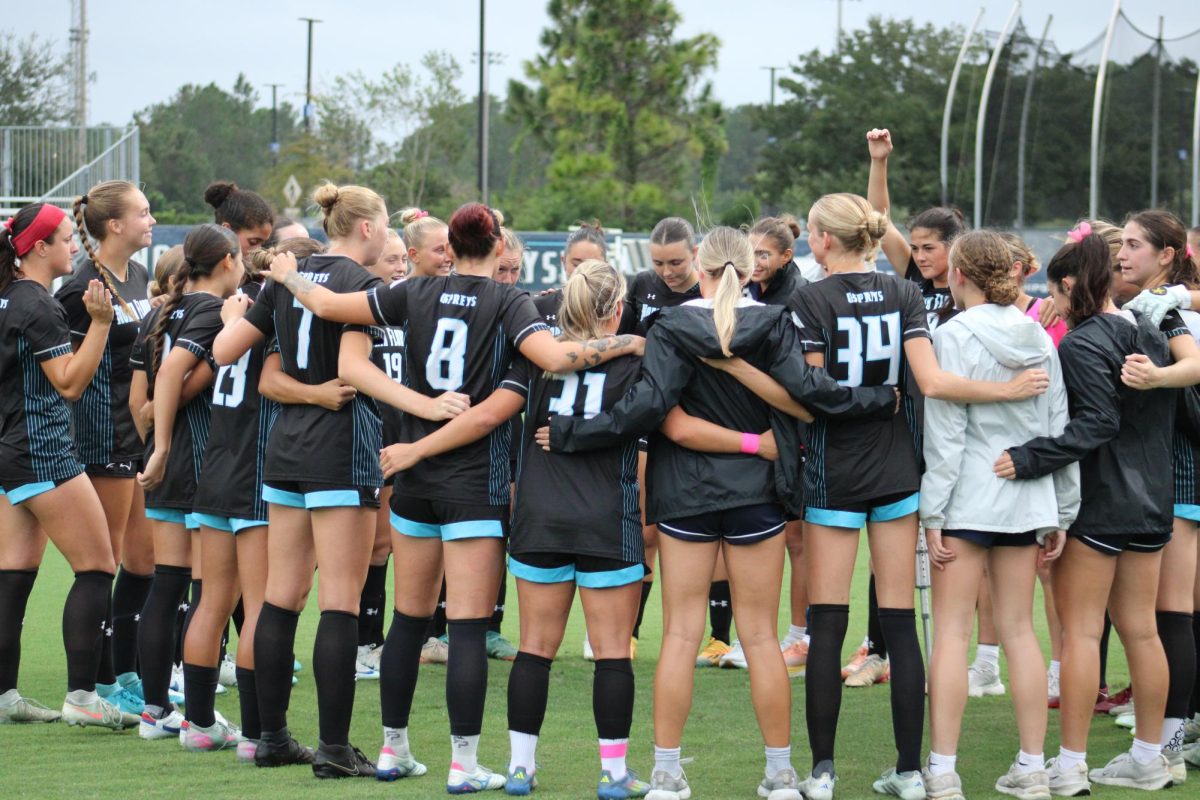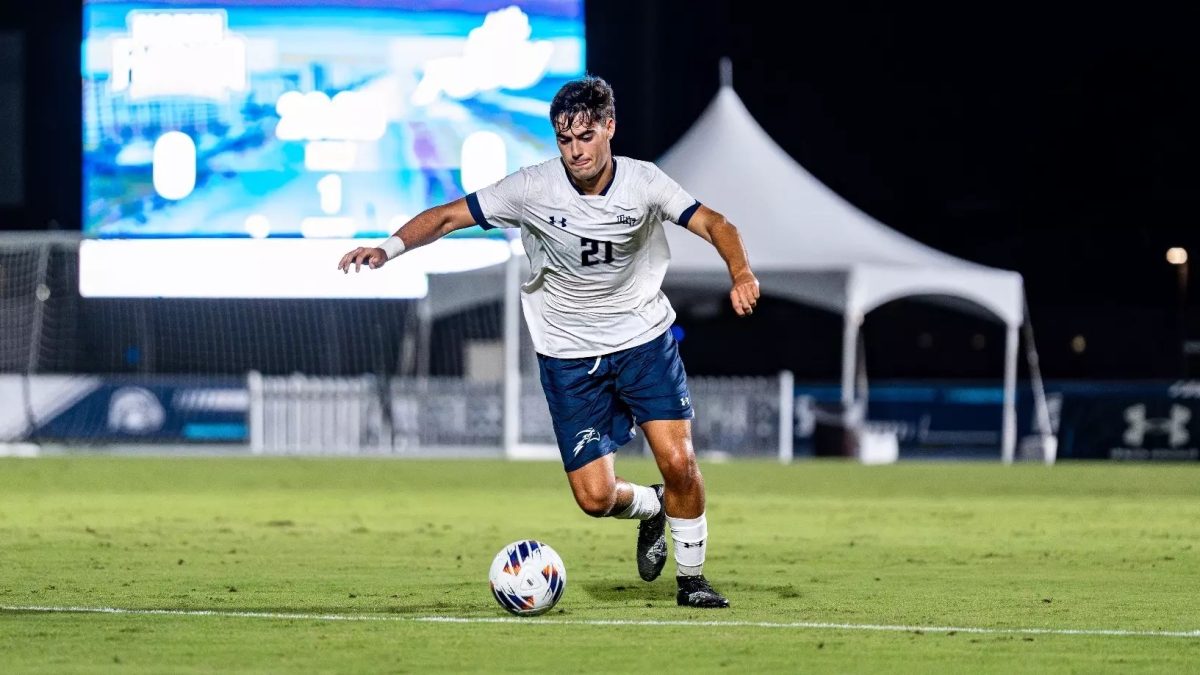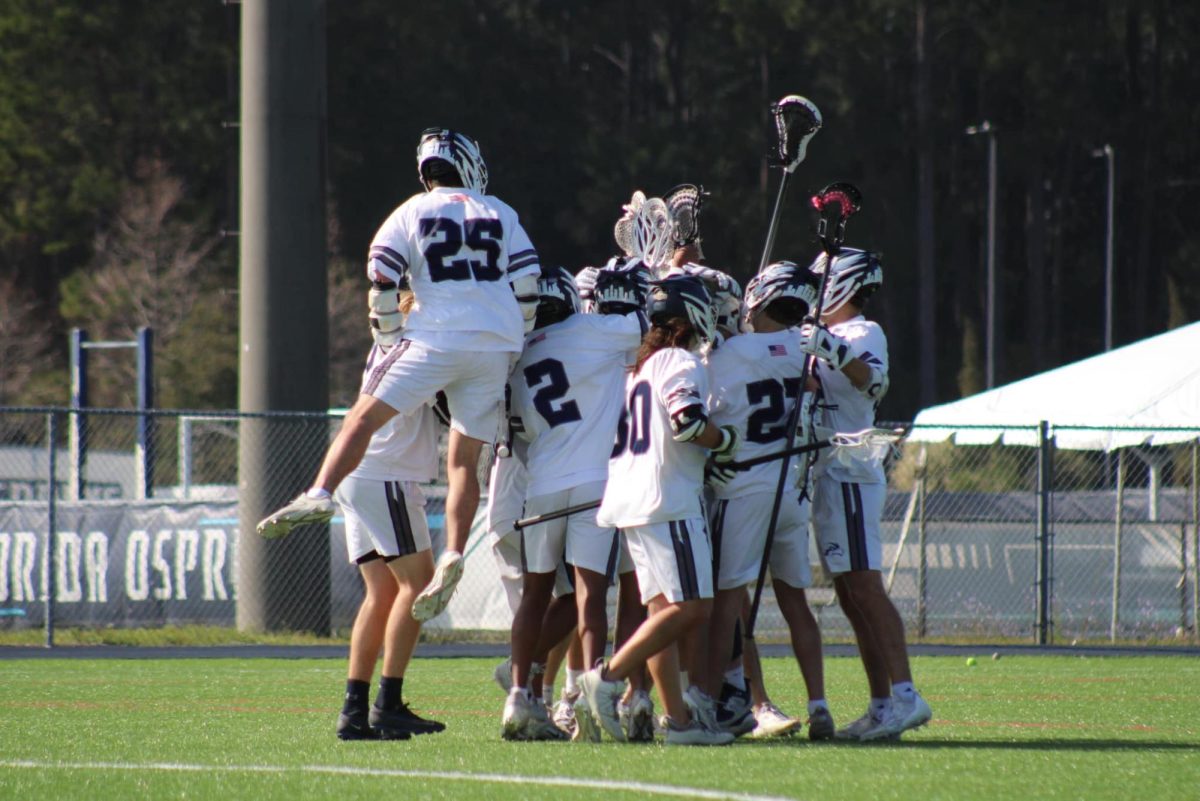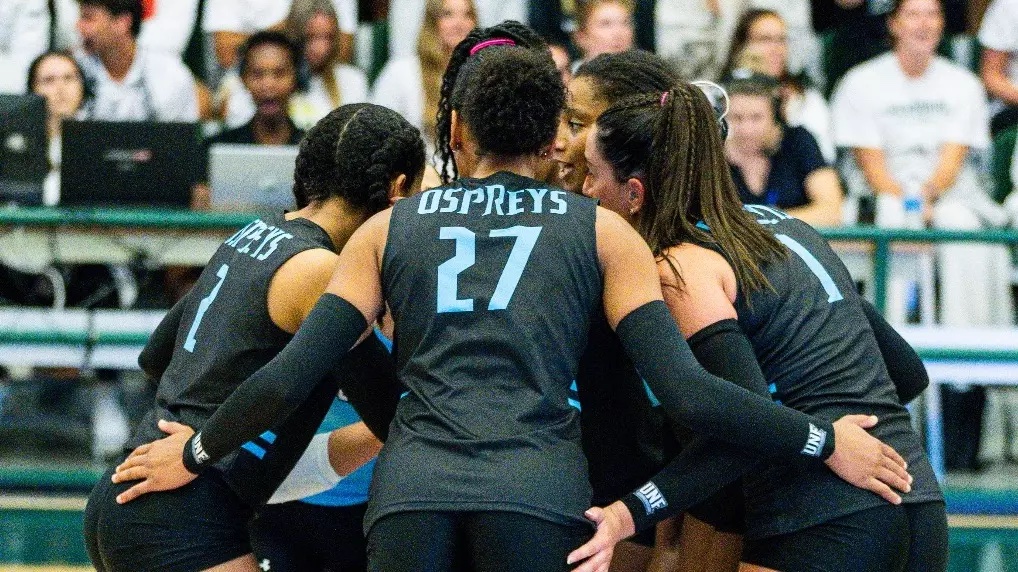Last month, University of North Florida Athletic Director Nick Morrow put out a post on X, formerly known as Twitter, that explained how the proposed roster and scholarship increase will affect UNF athletics.
In his post, Morrow said that the financial impact of the roster limits to UNF athletics is over 4.2 million dollars. This means that the maximum number of players a sport can field now matches the maximum number of roster spots.
What does this mean for UNF?
Much of the revenue sharing, salary cap and large-figure name, image and likeness proposals included in the plan likely won’t change how UNF operates its athletic program. What will affect all schools — big or small — is the NCAA proposal to increase rosters.
The world of college sports is changing, and there is no sign of it slowing down. Back in May, NCAA and the Power Four conferences agreed to a $2.8 billion settlement to pay current and former student athletes. Part of the settlement included the NCAA removing limits on the number of scholarships schools can provide to athletes.
However, according to Morrow, the rules aren’t clear-cut. Schools aren’t required to give all rostered athletes scholarships.
For example, UNF men’s soccer has a limit of about 10 scholarships granted per team. If the new rule is passed, the new scholarship and roster limit will be 28, according to another post on X. Morrow doesn’t think schools will fully fund every sport.
“You will be hard-pressed to find any school across the country that will fully fund every single sport,” Morrow said. “Even the richest ones.”
Morrow mentioned that UNF athletics isn’t fully funded at the current scholarship limit and that the future limit may make it more difficult for the department to reach that goal.
“We do need more scholarship money in our sports,” Morrow said. “It will be even more important when roster limits are put into place.”
Sports such as men’s basketball don’t have as high of a scholarship increase. According to Morrow, this makes it “that much harder” for basketball.
“That actually makes it more challenging,” Morrow said. “When you add in the transfer portal, increased NIL, and now two more scholarship spots, all that is going to make it difficult to recruit student-athletes.”
According to Morrow, there is light at the end of the tunnel. He said UNF could benefit from these increases for smaller sports such as golf and soccer.
“In a lot of those sports where there will be smaller rosters, the players who don’t make the rosters at the bigger schools are going to have to find a new school,” Morrow said.
Morrow added that schools like UNF could come in and make their rosters deeper by adding players who didn’t make the cut at Power Four schools. To Morrow, the downside of the potential new rule is that there will be fewer opportunities for students to compete at the Division I level.
Morrow noted that some sports could lose thousands of players due to this rule, which limits the amount of people who play college sports.
“That’s going to be an interesting and sad effect [of the rule],” Morrow said. “If you’re a high school student right now, it’s going to be difficult to [play at the D-1 level].”
When it comes to walk-ons, which are players who are not on scholarship, Morrow said this rule could limit the amount of available try-out spots for walk-on players.
“You aren’t going to see [walk-ons] very often,” Morrow said. “There are just not enough spots for that.”
As for funding, Morrow said their goal is to recruit enough to compete with fellow Atlantic Sun Conference members.
“That’s going to be the discussion we have now with the president and the administration,” Morrow said. “How do we position ourselves to give the appropriate amount of funding to our teams to go recruit the best?”
The upcoming NCAA scholarship and roster limits will be implemented during the 2025-26 school year.
___
For more information or news tips, or if you see an error in this story or have any compliments or concerns, contact editor@unfspinnaker.com.








